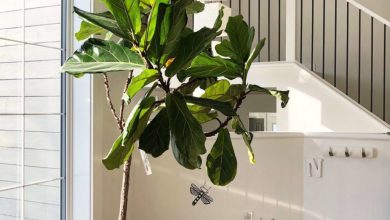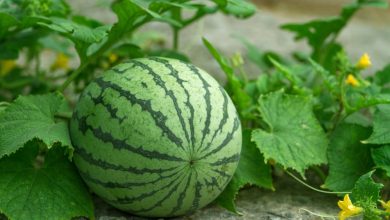Onion Diseases: [Characteristics, Types, Detection and Treatment]
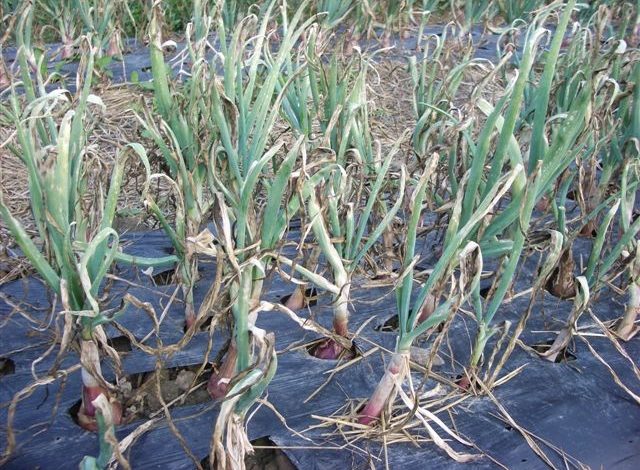
What are onion diseases and how can we detect them?
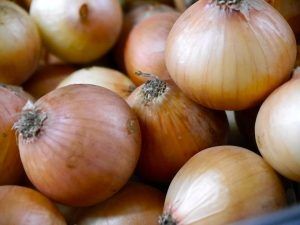 The onion is a whitish bulb that causes tears and leaves that penetrating smell on whoever cuts it, but that gives a lot of flavor to the various dishes, it has the scientific name Allium cepa and belongs to the lily family.
The onion is a whitish bulb that causes tears and leaves that penetrating smell on whoever cuts it, but that gives a lot of flavor to the various dishes, it has the scientific name Allium cepa and belongs to the lily family.
Cultivated since the beginning of the 17th century in America, it is produced as a vegetable, as bundles and as bulbs for fresh consumption and storage.
The production of onions planted in the world amounts to 2 million hectares. Hence, the diseases and pests that affect the crop are very diverse.Some studies consider that one of the limiting factors for onion production is precisely the diseases that attack it.
Among the diseases that affect onions: some are caused by viruses such as the White Spot produced by the Iris Yellow Spot Virus (IYSV) and others come from fungi, including:
Alternaria purple spot affecting leaves; Mildiu: peronospora destructor that, in addition to the leaves, affects the flower heads; Leaf blight or Botrytis squamosa, and drowning or drying that affects onion roots.
The smut produced by the fungus Aspergillus Niger also affects onions, but unlike other diseases, it only manifests itself in the post-harvest period.
Description of onion diseases
Onion crops are generally attacked by the following viruses and fungi:
White spot, Iris Yellow Spot Virus (IYSV)
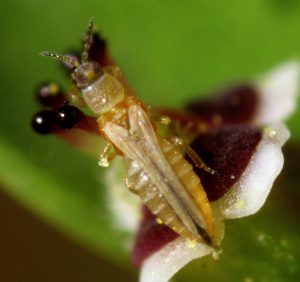 It is a recently discovered disease, mainly in Mexico.The virus is transmitted by two species of thrips: F. tabaci and Frankliniella occidentalis.
It is a recently discovered disease, mainly in Mexico.The virus is transmitted by two species of thrips: F. tabaci and Frankliniella occidentalis.
This virus is acquired by the cultivation of the onion in its nymphal stage to be able to transmit it to the adult, therefore it is a persistent virus. If it is acquired in the adult stage, it will not be transmitted to healthy plants.
Alternaria purple spot
This disease is caused by the fungus that secretes an abundant pigment that diffuses through the onion tissue.
Mildew: Peronospora destructor
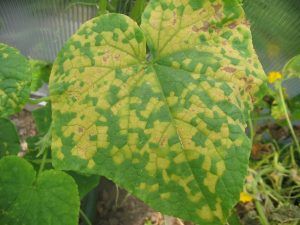 It is a foliar-type disease and in rainy years it can destroy the foliage and make harvesting difficult. It does not kill the onion plant but reduces the development of the bulbs.
It is a foliar-type disease and in rainy years it can destroy the foliage and make harvesting difficult. It does not kill the onion plant but reduces the development of the bulbs.
This fungus can be maintained on perennial onion varieties and crop residues. The sexual spores can survive in the soil and affect onion seedlings in future plantings.
leaf blight
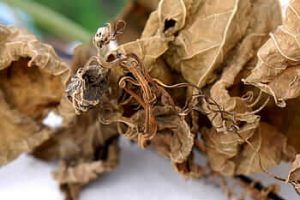 Botrytis squamosa produces a branched, septate hyaline mycelium that can hardly be isolated from young species, although it can be isolated very easily from senescent leaf lesions.
Botrytis squamosa produces a branched, septate hyaline mycelium that can hardly be isolated from young species, although it can be isolated very easily from senescent leaf lesions.
During prolonged rainy periods of more than 24 hours, leaf blight is highly likely to appear and develop.
Drowning or drying
It occurs during the nursery period and very occasionally during the transplant.There are several species of fusarium that cause drowning in onion crops: F. Oxysporum, F. Solani and F. Moniliforme are perhaps the most virulent fungi.
Cinder
It is a fungus that reproduces with high temperatures and causes great quality losses during the storage of the bulbs.
How to identify and eliminate onion diseases?
It is important to learn to identify the type of disease suffered by the onion crop in order to carry out the necessary preventive, ecological and chemical treatments.
Because it is an edible bulb, when thinking about how to eliminate onion crop diseases, it is necessary to reduce, as much as possible, environmental contamination caused by agrochemicals.
White spot, Iris Yellow Spot Virus (IYSV)
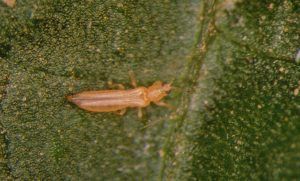 The damage starts at the base or center of the leaves and spreads to the ends.
The damage starts at the base or center of the leaves and spreads to the ends.
In adult plants, elongated spots are observed and, as a consequence of the disease, the plants are left with little photosynthesis capacity and the bulbs do not develop well.
To combat this disease, it is recommended to apply insecticides against thrips and eliminate host plants. With good crop management this problem can be avoided.
Alternaria purple spot
It is characterized by producing 2 to 3 mm water-soaked spots that later become necrotic and take on a purple color.In rainy seasons, the surface of the lesions caused are covered by structures that produce dark gray conidia and as the lesions age, concentric rings are observed.
The control of this disease is preventive, therefore, a treatment must be carried out against the fungus that produces it, even when the plant does not present symptoms of it. This includes crop rotation, for example with grasses.
Mildew: Peronospora destructor
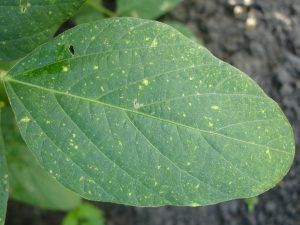 The presence of Mildiu in onions can be detected because oval or cylindrical areas of pale yellow-green to brown color develop on the leaves and flower heads of the bulbs.
The presence of Mildiu in onions can be detected because oval or cylindrical areas of pale yellow-green to brown color develop on the leaves and flower heads of the bulbs.
This disease can be combated preventively by inspecting the leaves twice a week.
It is also recommended to prevent sowing the onion when the weather is dry and the temperature is above 25 degrees.
Once the disease has established itself, the use and application of protection fungicides based on dithiocarbamates is required; chlorothalonil; and copper among others, applied every 7 days when conditions are wet and cold and every 10 days when the weather is dry.
leaf blight
This disease is observed when the leaves have spots with whitish points that are turning necrotic in the center with a size of approximately 2 mm.
To attack this disease, the spraying method with fungicides is recommended when the plant has at least 5 true leaves. And the application interval will depend on the duration of the fungicide.
Drowning or drying
It can be seen at the ends of the onion root; the fine roots that turn pink, reddish yellow and finally dark. Also the seedlings are acquiring that color.
The researchers recommend solarization of the soil for at least one month with high radiation to eliminate the inoculum of the fungus; also soil fumigation and steam treatments will reduce the disease to very low levels.
Other treatments can be carried out before planting the seed, such as cleaning, disinfecting; make crop rotation with grasses and cereals except corn.
Cinder
It infects the neck of the onion when it is in the field and when the cataphylls dry and color a black fungus can be observed.
So far, there are no chemical controls for this disease, so preventive treatments are recommended, such as avoiding continuous onion crops in the same lot.
Bibliography and references
- Garay Cipriano; Peter Vera; Armando Santa Cruz and Jorge Gonzalez.Onion Cultivation Technical Guide. Technological Packages Project. San Lorenzo, Paraguay-2019. PDF
- Gonzalez, Paul. Management of diseases that affect onions. PDF.
digital database
- Ayala S. Alejandro. Pests and Diseases of Onion. First International Onion Conference. INIFAP. Guanajuato-Mexico. 2014. PDF (Taken from: https://www.researchgate.net/publication/280769107_PLAGAS_Y_ENFERMEDADES_DE_LA_CEBOLLA
- Main diseases of onion cultivation. Onion zone of the Bonarense Valley. Reproduced from: https://www.jica.go.jp/paraguay/espanol/office/others/…att/gt_02.pdf
- Gil Martínez Pablo, Mabel Muñoz, Josué Martínez. Pests and diseases in onion cultivation. INIA- Chile, 2019. Reproduced from: https://www.biblioteca.inia.cl/medios/biblioteca/informativos/NR41708.pdf

![Photo of Surface Irrigation: [Concept, Advantages, Disadvantages and Requirements]](https://www.complete-gardening.com/wp-content/uploads/2022/08/surface-irrigation-concept-advantages-disadvantages-and-requirements.jpg)

